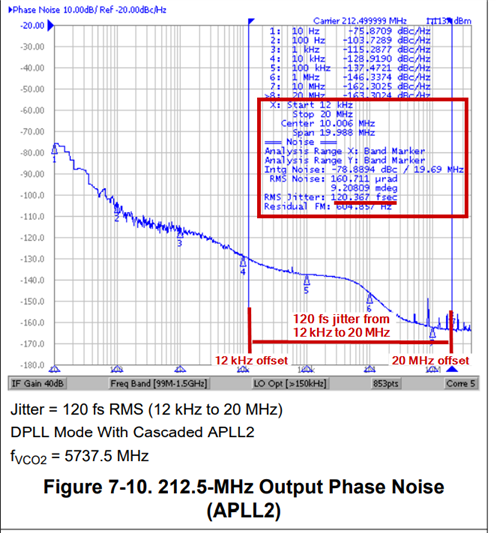Dear Team,
My customers have a clock signal with frequencies 80.566MHz, 201.416MHz, 207.5195MHz, 161.1328MHz, 402.832MHz, 415.039MHz.
There is only one clock signal, at different times, possibly at different frequencies as mentioned above.
Now use LMK5B12204 to remove jitter.
The input and output clock frequencies are required to be the same.
Can this device complete the debounce function? Is it necessary to use DPLL for debounce?
Or is there a more suitable device to recommend? Only the debounce function is needed. Thanks.
Regards,
Charlie


